Steam pouring out from under the hood, temperature gauge climbing to the red—trust me, that’s not the sign of a good day. You’re stuck in Auckland traffic with the kids in the back, wondering if the car will make it home before the drama boils over. The radiator isn’t just another chunk of metal; it’s the guardian angel that keeps your engine cool. But here’s the kicker: a lot of folks drive around with a bad radiator and think, “Eh, I’ll sort it later.” So, is it really safe—or even possible—for a car to run with a busted radiator? Buckle up, because ignoring this one problem could spell big trouble, from a blown gasket to a ruined road trip.
What a Radiator Does and Why It Matters
The radiator’s job sounds simple, but it’s mission critical. Every time you fire up your car, the engine produces heat—lots of it. In fact, according to AutoZone, your engine can reach over 200°C (392°F) under normal driving. That’s hot enough to warp metal or crack plastic. The radiator steps in to keep all those moving parts at a happy temp, circulating coolant to draw heat away before it causes damage. If you’ve ever boiled an egg, you know what heat can do over time—imagine that, but with thousands of dollars worth of engine parts.
The radiator is part of a closed system, which means that the coolant is pumped around by a water pump, flows through engine channels, and ends up at the radiator. There, it meets a big surface area and airflow, dumping heat before the whole cycle starts again. Without a working radiator, the coolant can’t shed heat fast enough, so everything runs hotter and hotter. It’s sort of like playing rugby in summer gear with no water breaks. You can gut it out for a bit, but sooner or later, you’re hitting the wall.
But what actually counts as a “bad” radiator? Sometimes, it’s an obvious leak—a green puddle under the car. Other times, it’s a slow clog, corrosion buildup, or simply a cap that won’t hold pressure. Modern radiators (mostly aluminum fins and plastic tanks) are lighter, but not exactly bulletproof. Once cracked, warped, or blocked, they lose their cooling efficiency fast. The result? An engine that can overheat after just a short drive—especially in stop-and-go traffic or during hot weather, which isn’t exactly rare up here on the North Island.
How Long Can You Drive With a Bad Radiator?
Here’s the answer nobody likes: There’s no set distance before something catastrophic happens—but it rarely stretches into the ‘safe’ zone. If your radiator has a minor leak, maybe you add coolant, cross fingers, and squeeze out a day or two. But it’s a gamble. Even a pinhole leak means the cooling system is losing pressure, which makes the coolant boil at a lower temperature and leads to overheating a lot quicker than you’d think.
Some drivers try risky workarounds, like turning the heater on full blast to draw heat away from the engine. That trick is only a stopgap, and barely that. If you’re bleeding coolant faster than you can replace it, or if the radiator is clogged and can’t move coolant at all, you’re living on borrowed time. I know a neighbor tried to keep his old ute running across town with a cracked radiator. He made it—then wound up needing a new engine. Spoiler alert: that bill hurt more than a week’s family groceries.
Some stats help underline the danger:
| Condition | Time To Overheat (Approx.) | Damage Risk |
|---|---|---|
| Severe leak | 5-20 minutes | Head gasket, warped head, engine seizure |
| Clogged core | 10-30 minutes | Overheating, loss of power |
| Broken radiator cap | Varies (minutes-hours) | Coolant loss, engine damage over time |
The hard truth is, every kilometer you drive with a bad radiator raises your repair bill. A warped cylinder head or a blown gasket is not a weekend fix. If you see coolant dribbling, smell something sweet from the hood, or watch the temperature gauge climb into the danger zone, it’s time to pull over.
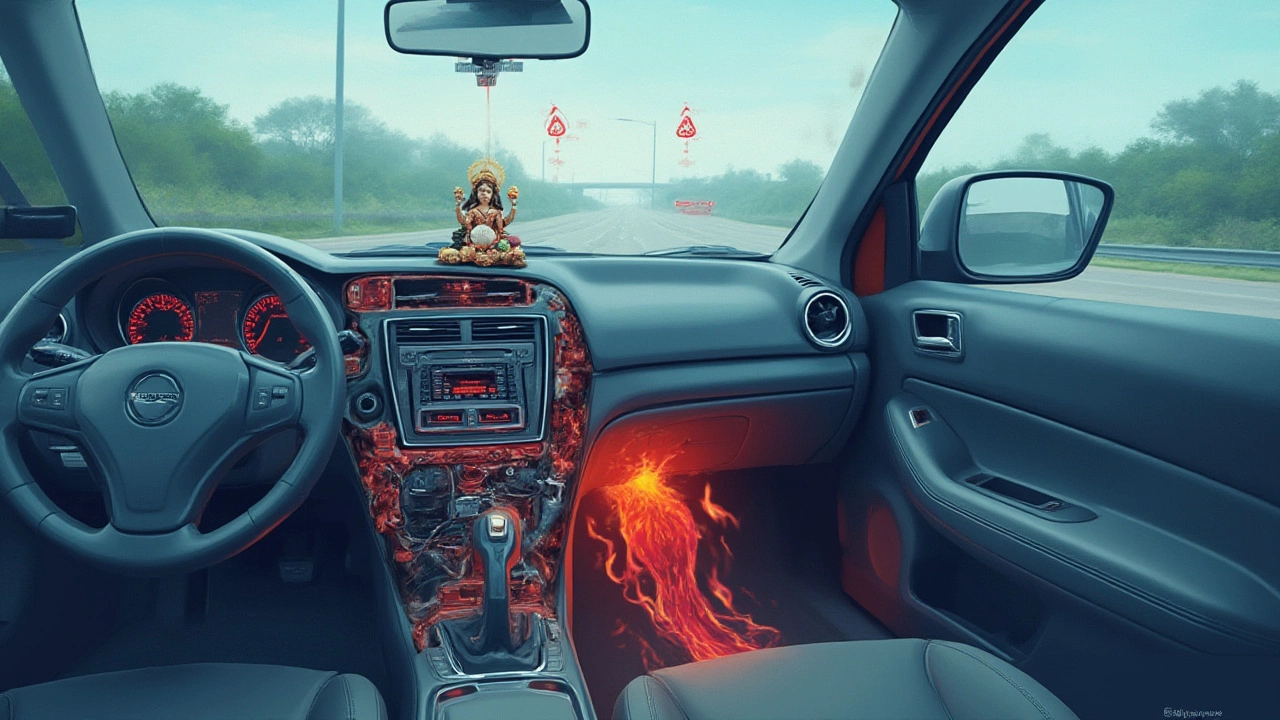
Signs Your Radiator’s Failing – And What to Watch For
Your car’s not going to whisper, “Fix me, I’m running too hot!” So how do you know when the radiator’s toast (or almost there)? Pay attention to these signs—especially in summer, or after long drives through Auckland’s stop-start streets.
- Temperature Gauge Rising: This is the most obvious one. If your gauge moves past halfway while you’re idling, something’s up.
- Coolant Leaks: Puddles under the car—usually bright green or orange—mean coolant is leaking out somewhere. Check under the front bumper.
- Steam from the Hood: That dramatic cloud isn’t normal. It’s a red flag that the coolant is boiling over or hitting hot parts and vaporizing.
- Rust or Gunk in Coolant: Check the reservoir. If it’s sludgy or rusty, your radiator could be corroding internally.
- Low Coolant Warning: Most modern cars have an indicator for this. Don’t just top up and forget it—find out why it’s low.
- Heater Stopped Working: Oddly enough, if the interior heater isn’t blowing hot air, that’s sometimes a clue your cooling system (including radiator) has a problem.
Another tip: don’t trust the “wait and see” approach. Rowan and Callista know if dad’s car starts hissing and spluttering, it’s time to pull over safely. A few minutes off the road can keep a repair bill in check—ignoring it rarely does.
What Actually Happens to the Engine?
If you keep running your car with a dodgy radiator, things can spiral quickly. First, you get overheating, sometimes so fast it catches you before you hit the motorway. As the engine gets hotter, the oil thins out, which means less protection for moving parts. Metal starts expanding and distorting. If it gets bad enough, you can even warp the engine block or the cylinder head. Let’s just say, that’s mechanical surgery kind of money. Replacing a warped head in New Zealand can set you back $2,000–$4,000, not counting days off work and the headache of arranging a loaner car.
The next milestone: a blown head gasket. Once the gasket’s shot, coolant and oil mix together, and the car starts running rough or won’t start at all. Ignore it long enough, and you could seize the entire engine—a death sentence for older cars. A breakdown on the Southern Motorway during rush hour is not the place you want to discover this. Plus, engines that run hot for long periods can cook the catalytic converter or even cause fires in rare cases, especially when leaking coolant comes into contact with hot exhaust parts.
Long story short: the engine is designed to run at a very narrow temperature range. Stray too high (or too low), and it can’t lubricate itself, hold compression, or even combust fuel the right way. So, if the car starts running weird—if you hear knocking, see white smoke, or it refuses to restart after a stop—call for a tow, not a miracle.

What To Do If Your Radiator Fails
If you suspect the radiator’s bad, don’t wait for the tow guys to shake their heads at the mess. Here’s what actually makes a difference, especially when you’re out with the family or stuck far from home:
- Pull Over Safely: Get out of traffic. Turn off the engine as soon as it's safe—running even a minute longer makes damage more likely.
- Don’t Open While Hot: Resist the temptation to pop the radiator cap immediately. Hot coolant can burst out and cause nasty burns—more than 20,000 scald injuries happen like this worldwide each year.
- Let It Cool: Leave the bonnet up and let air circulate for at least 30 minutes before handling anything under the hood.
- Top Up—Maybe: If you have spare coolant, and things are cooler, you can top up just enough to limp to a mechanic. Tap water only if you’re desperate—NZ tap water contains minerals, which can shorten radiator life.
- Call for Help: Don’t risk it. Always better to let a tow truck haul a non-running car than risk frying the engine on the last 2km home.
Prevention beats cure every time. If the radiator’s leaking, cracked, or looks corroded, invest in a replacement. Keep an eye on hoses too—often a radiator problem is really a split hose or a bad clamp. If money's tight, shop around locally or online for a good aftermarket unit, or even a tested used one if your car isn’t too new. And for the love of the short Auckland winter, don’t ignore your cooling system flush every two years. It keeps rust, scale, and sludge from choking it up.
If you’re handy and want to go after a DIY fix, modern radiators aren’t that tough to swap out. Youtube’s full of step-by-steps for common makes. Just remember to safely raise the car, drain coolant, disconnect the battery, and keep all the air bled out of the system when you finish. Give yourself room to learn, and double check every hose connection—coolant leaks can take out even a brand new radiator.


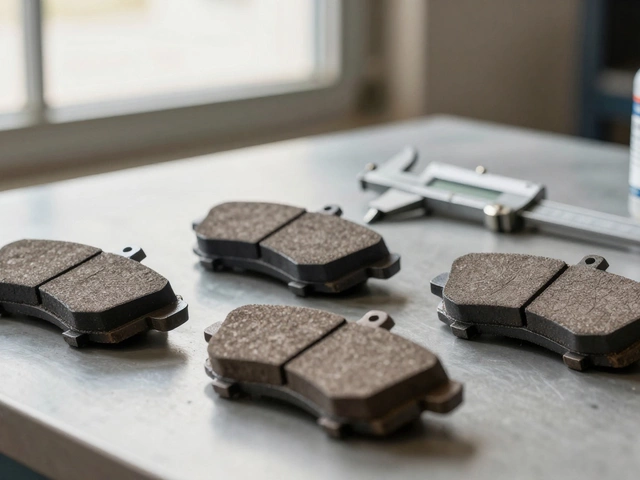
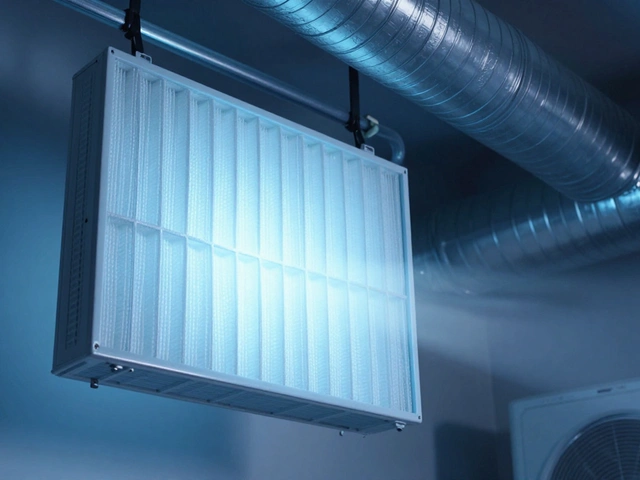
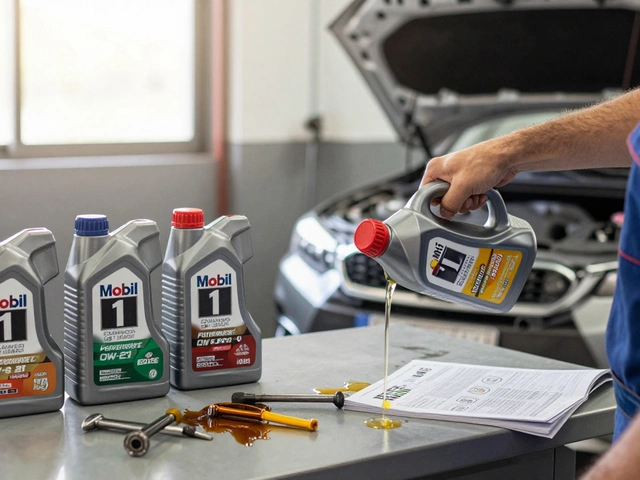
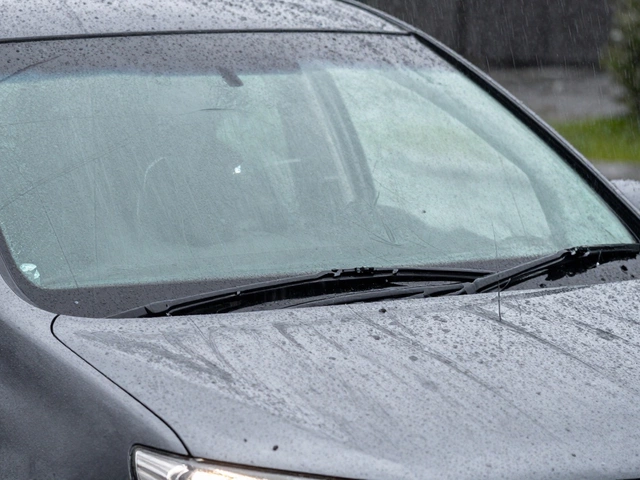
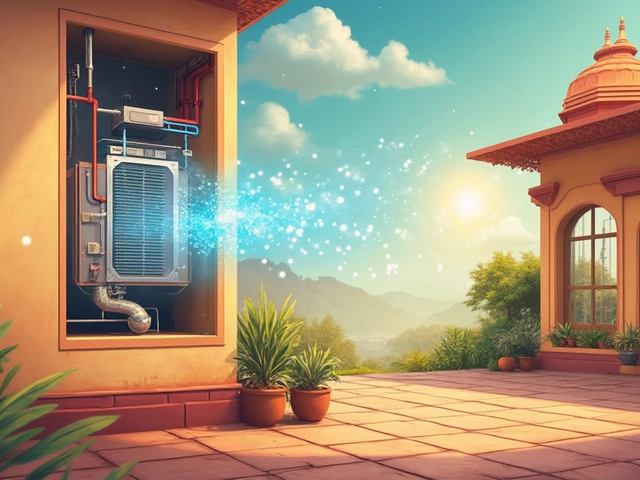




Write a comment